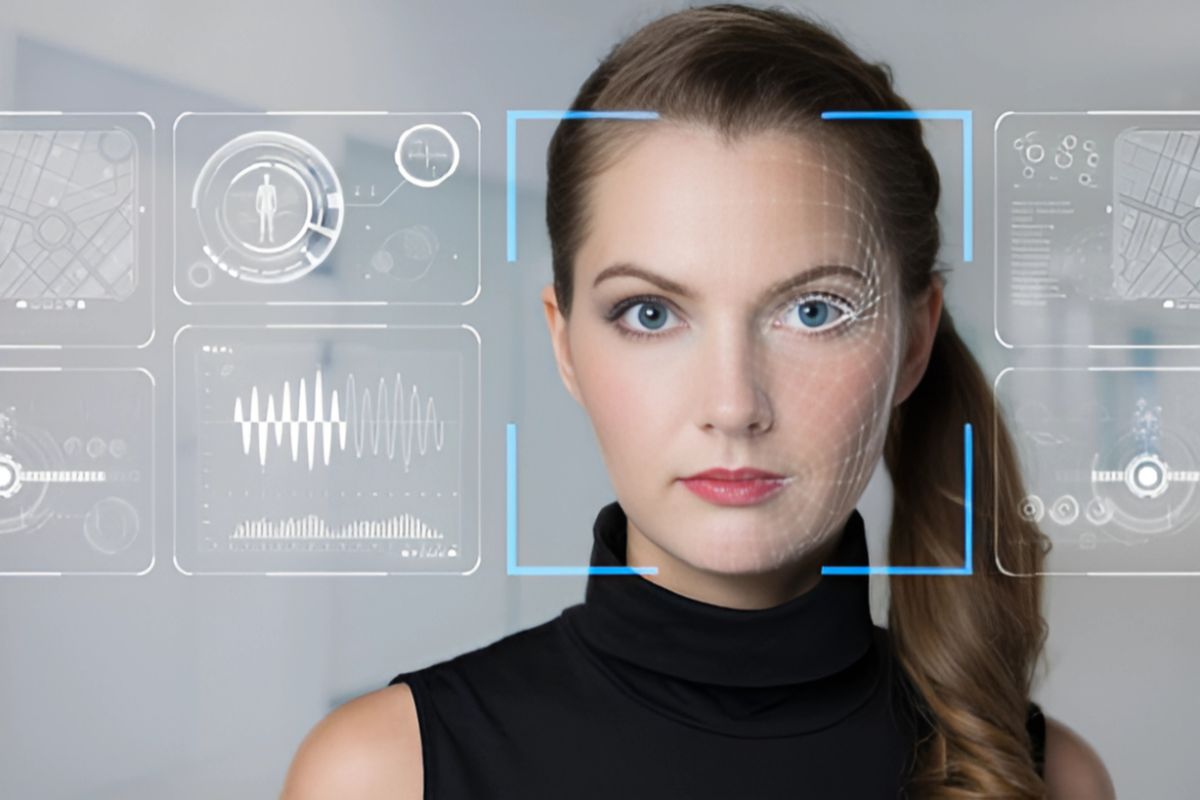Liveness Detection Software The Future of Biometric Security

As cyber threats grow more advanced, traditional security measures can no longer ensure user authenticity. Liveness detection software is emerging as a game-changing solution within biometric security, helping systems verify real human presence and prevent spoofing attacks with precision.
Table of Contents
ToggleThe Role of Liveness Detection in Security
Electronic safety has become paramount yet ancient identification methods such as pins and passwords cannot appropriately defend systems anymore. Biometric security systems underwent a significant advance when they incorporated facial recognition as their main technology.
When facial recognition technology spreads across different applications sophisticated spoofing attempts involving photographs and face masks and video recordings also become more common. Liveness detection functions as the main component that ensures security. The authentication process must verify that presented biometric traits originate from an actual person through the operation of liveness detection technology.
What is Liveness Detection?
The security function named liveness detection operates within biometric systems to confirm user physical presence during authentication procedures. The system functions through spoofing attack prevention to stop unauthorized attempts that use facial recognition system tricks with photos or videos or 3D masks. Liveness detection uses minor physiological signals such as eye movement together with blinking motions and facial texture fluctuations to validate living users.
The National Institute of Standards and Technology (NIST) demonstrated in its 2024 study that liveness detection software achieved more than 95% reduction in spoofing successes when applied in controlled environments. Liveness detection technology has become crucial for guarding identity verification systems which banks and airports and healthcare providers and law enforcement agencies use.
Types of Liveness Detection
Active Liveness Detection
During authentication the user must complete particular actions that enable active liveness detection to work. Users must perform standard actions such as blinking their eyes along with smiling and head movement or responding to digital instructions through the system. The system evaluates the detected movements to confirm that the input comes from a human being.
Passive Liveness Detection
Passive liveness detection operates automatically from the background as it requires no user input. Artificial intelligence together with computer vision algorithms analyze changes in facial texture and inconsistencies in lighting conditions coupled with natural face characteristics to identify theft. The method provides users with a smooth experience because it continues to gain use in American markets among sectors focused on convenient access.
Face Liveness Detection functions in actual real-world settings
The implementation of face liveness detection functions as the main security measure for modern biometric systems. American industries including banking and healthcare and public safety have started implementing this technology at an increasing rate. Liveness detection has become mandatory for financial institutions to conduct remote customer identity verification through their Know Your Customer (KYC) protocols.
The Transportation Security Administration (TSA) has established facial recognition systems with built-in liveness detection capabilities at specific to boost airports passenger security checks.
Benefits of Liveness Detection Technology
1. Enhanced Security
Liveness detection software functions to maintain security by substantially lowering the opportunities for identity fraud. Real individuals gain access to secure systems through this technology which effectively prevents spoofing and impersonation attacks.
2. Improved User Experience
The current generation of liveness detection systems supports authentication through quick and unobtrusive methods. Among all detection methods passive technology stands out because it needs no extra work from users which results in simple and easy-to-use authentication processes.
3. Regulatory Compliance
The California Consumer Privacy Act (CCPA) alongside other US data privacy regulations require organizations to use liveness detection for secure biometric authentication which helps them remain compliant.
Challenges and Considerations
Liveness detection presents numerous advantages to users but users will encounter some difficulties when implementing this technology. Deepfakes with high quality and 3D mask attack methods are advancing towards greater sophistication.
Developers who wish to maintain their leadership position need to regularly update their algorithms as well as their training data sets. The protection of personal data presents substantial challenges because biometric information remains a principal matter of concern. The deployment of liveness detection technology depends on building transparency features and receiving user consent.
Active vs Passive Liveness: Which Is Better?
Each method between active and passive liveness detection brings distinct advantages into the system. Active liveness detection systems provide better process management although they may create difficulties during user interactions. The smooth operation of passive liveness detection systems becomes less effective when used in dimly lit or changing environmental settings.
The selection between active and passive liveness detection depends on how the system will be utilized. Security protocols of high-security organizations tend to use active methods while consumer software relies on passive approaches to enhance user experience.
The Future of Liveness Detection in the USA
The development of cyber threats keeps liveness detection as an essential element for protecting systems. According to projections the U.S. biometric system market will expand past $20 billion during 2027 while face liveness detection accounts for substantial revenue share. New developments in edge computing and machine learning and three-dimensional imaging technology will boost both efficiency and precision of these systems.
The establishment of public-private alliances aims to create standardized protocols for liveness detection systems. The Department of Homeland Security (DHS) has started multiple programs to work alongside tech companies for developing advanced spoof detection technologies.
Conclusion
The digital-first world demands that identity protection goes beyond necessity because it represents an essential responsibility. Liveness detection technology functions as an essential instrument for security missions because it confirms the authenticity and current state of biometric information.
This technology transforms how trust verification works across the growing connected world through its different methods including face liveness detection and active interaction and passive analysis. Organizations implementing identity security measures across the USA need to understand liveness detection technology differences between active and passive detection methods because liveness detection adoption continues to expand throughout the country.
Published by Chris Harry
Chris harry is a tech and business writer with a passion for breaking down complex innovations into practical insights. With a background in digital marketing. View more posts







